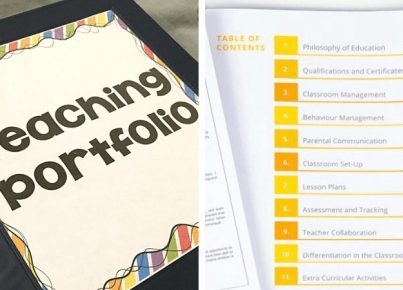Introduction
Professional development for teachers is not only about attending workshops and seminars. With the evolving world of technology, social media has emerged as a valuable tool for professional growth, learning and networking. This article will guide teachers on how to effectively use social media platforms to enhance their professional development.
1. Choose the right platforms
There are numerous social media platforms available, each with its unique features and target audience. Identify the platforms that will be most useful to you as a teacher, such as Twitter, Facebook, LinkedIn, Instagram or Pinterest. Select those which align with your professional goals and interests.
2. Set clear goals and objectives
Before diving into the world of social media, set your professional development goals. Identify your skills or subject areas where you want to improve and use social media to achieve those goals. For example, if you want to learn more about integrating technology in the classroom, follow experts in this field to stay updated with the latest trends.
3. Follow relevant accounts
Find and follow educators, organizations, researchers, or institutions that are relevant to your field of expertise. Doing so will ensure your feed is full of interesting content related to your area of interest and pedagogy.
4. Participate in online discussions and groups
Take an active role in online discussions by engaging with colleagues around the globe who share your interests. Join designated groups on platforms like Facebook or LinkedIn where educators exchange ideas and resources on specific topics related to teaching strategies or curricula.
5. Utilize Twitter chats
Many educational Twitter chats occur regularly using predetermined hashtags that create live conversations among teachers on various subjects. These chats allow you to ask questions, share insights and connect with like-minded professionals worldwide.
6. Create an online Personal Learning Network (PLN)
Building a PLN involves connecting with other educators globally through sharing resources, knowledge, experiences and ideas on various teaching-related subjects. This helps in growing your professional network and allows you to learn from a diverse range of fellow educators.
7. Curate and share content
Sharing relevant content with your followers helps in establishing yourself as a thought leader and continues the process of learning not just for yourself but for others too. Use the platforms to share articles, blog posts, videos, or infographics that you have found valuable as a teacher.
8. Reflect and act on what you learn
As you engage with social media for professional development, consistently evaluate your progress towards your goals. Apply ideas and insights you have gained through social media interactions back into your classroom practice, and continuously refine your teaching methods based on the feedback.
Conclusion
While social media cannot replace traditional professional development efforts, it offers numerous opportunities for teachers to grow, learn and network on their own terms. If used effectively, social media can be a powerful tool assisting teachers in staying abreast of the latest educational research and practices while also expanding their professional network with like-minded professionals across the globe. Embrace social media as an integral part of your Teacher PD journey and witness its potential in transforming your teaching career.



